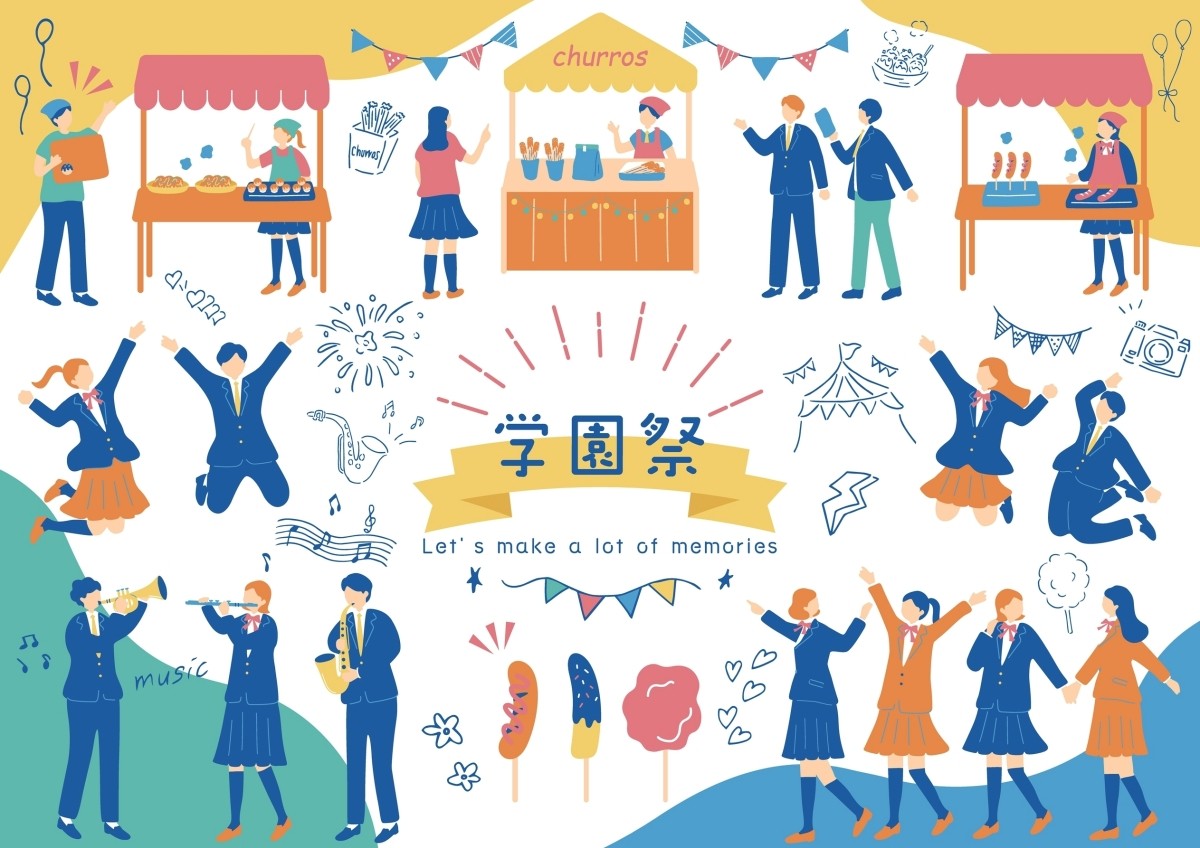
Have you heard of "bunkasai," one of the highlights of school life in Japan? These culture festivals, often featured in anime and dramas, are major events organized and run by students. But you might be wondering, "How is a culture festival different from a school festival?" or "What kind of activities are there?"
In this article, we’ll fully explain when and how culture festivals are held and what kinds of fun events and attractions you can expect. From classic food stalls and stage performances to unique recent trends, how to enjoy the day of the festival, and whether the general public can attend, we’ll cover everything you need to know. If you’re interested in experiencing Japan’s student culture firsthand, this is a must-read!
*By purchasing or reserving products introduced in this article, a portion of the sales may be returned to FUN! JAPAN.
What Is a Culture Festival? How Is It Different from a School Festival?

A culture festival is a school event usually held at junior high and high schools in Japan. It’s a chance for students to showcase various cultural activities to people both inside and outside the school. From theater performances and music to art exhibitions and food stalls, these festivals often attract large crowds, including local residents.
One of the main purposes of a culture festival is to express the school’s unique character and build stronger connections with the local community and parents. It’s also an opportunity for students to experience things they can’t learn in regular classes, as they are responsible for everything from planning to managing the event.
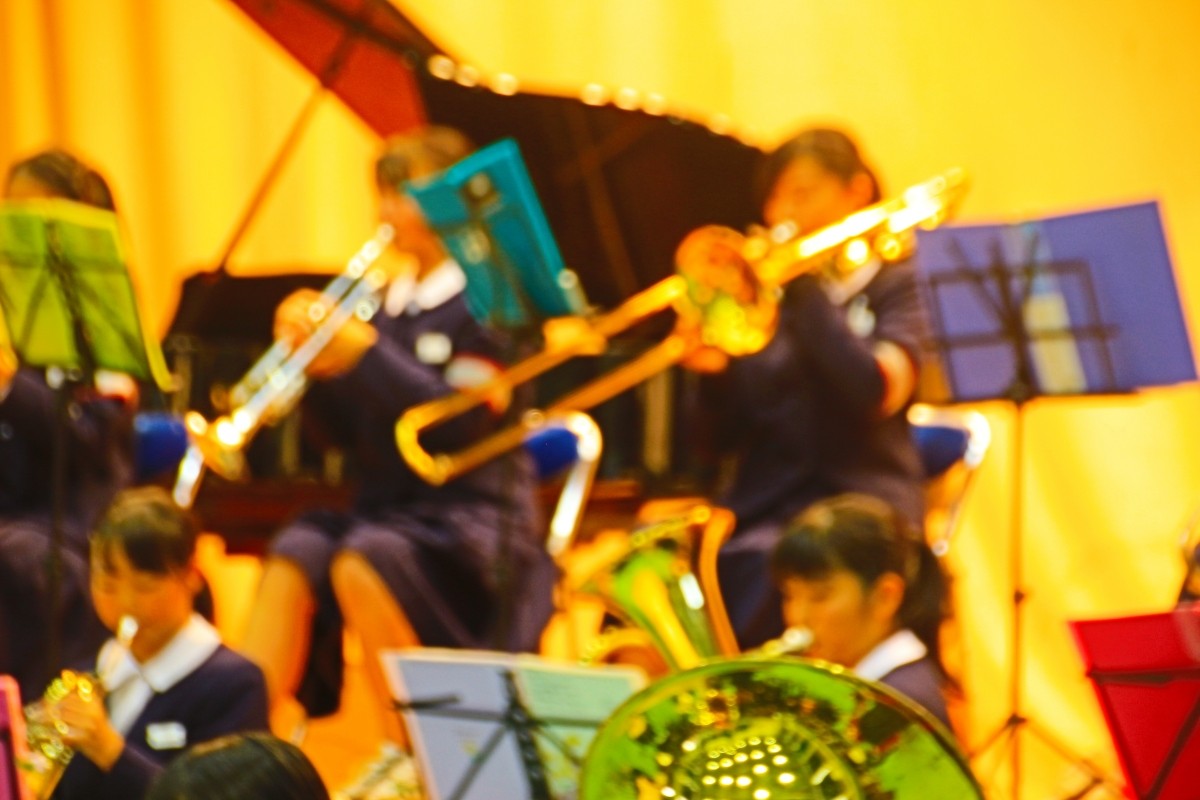
Culture festivals also serve as a platform for culture-related school clubs (known as "bunka-bu") to present the results of their regular activities. While sports clubs have tournaments to showcase their achievements, cultural clubs often lack such competitive events. For them, the culture festival becomes the equivalent of a championship—an important moment to share what they’ve worked on.
In vocational high schools, such as those focusing on agriculture or engineering, students often present what they’ve learned in their specialized fields. For these schools, the culture festival can be a chance to demonstrate their skills to the community, which may lead to future training opportunities or job offers. So in that sense, connecting with the local community is another key role of the culture festival.
It’s believed that culture festivals began to spread in Japan after World War II, emerging from student movements. Over time, they evolved into events aimed at energizing school communities and bringing out students’ creativity and self-expression, eventually becoming the school functions we know today.
There’s also a similar term, "gakuensai" (school festival). While there’s no strict definition, "bunkasai" is generally used for junior high and high school events, while "gakuensai" is more common for university-level festivals.
When Are They Held? Timing and Seasonal Atmosphere of Culture Festivals

Culture festivals are typically held between September and November. After summer break ends and the weather starts to cool down a bit, autumn is the most common season for these events. However, the exact timing varies depending on the school or region. For example, schools in Hokkaido tend to hold their festivals around June.
In highly academic schools, festivals are sometimes held before summer break, as students focus on studying in the fall in preparation for entrance exams in winter. The number of days a festival is held also depends on the school—some are one-day events, while others span two days.
What Kind of Attractions Are at a Culture Festival?

At a culture festival, each class or school club usually prepares their own "attractions." These include food stalls, interactive experiences like haunted houses or mazes, art exhibits, stage performances, and more.
Class Projects
In class projects, each class decides on their attraction, prepares it, and manages it during the festival. Common ideas include food stalls and interactive or hands-on activities. Sometimes, students wear matching "class T-shirts" from the preparation stage to boost team spirit and unity.
Club Activities
For club-related attractions, cultural clubs often put on stage performances or exhibitions to showcase their regular activities. Even sports clubs may run food stalls, regardless of their usual activities.
Voluntary Groups
Sometimes, students form volunteer groups to independently create attractions. These vary widely in theme and style. Whether or not students can participate in both class and volunteer group projects depends on the school’s rules, but where it’s allowed, some students may take on both.
11 Classic and Popular Culture Festival Attractions
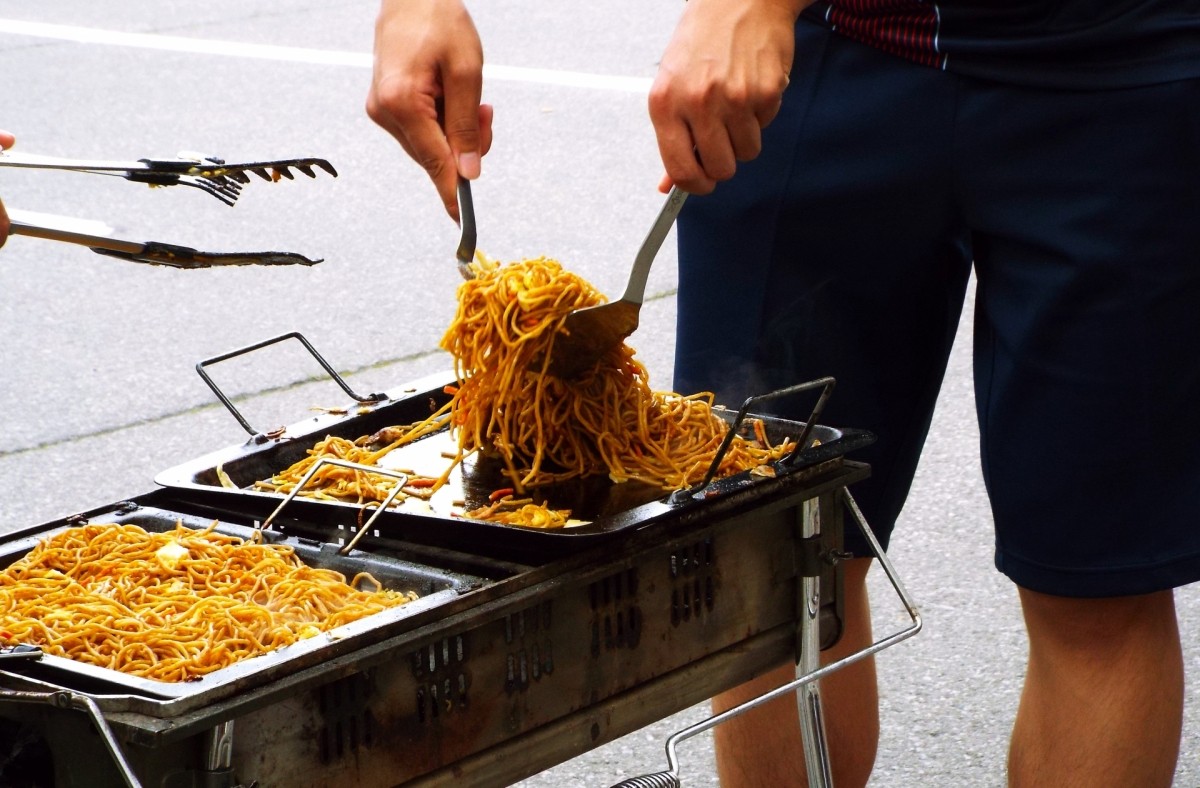
Here are some of the most classic and popular types of attractions you’ll find at a culture festival.
For food stalls, takoyaki (octopus balls), yakisoba (fried noodles), and crepes are all-time favorites. These are typically held outside under tents to resemble festival food stands. Concept cafes are also popular, where students dress in costumes based on a theme, such as maid cafes or butler cafes, and serve guests. The classrooms are often decorated to match the café theme.
For interactive experiences, haunted houses, mazes, and escape rooms are big hits. These are usually set up in decorated classrooms.
Art exhibitions typically feature works by the art club or photography club. Even students from the same school rarely get to see what other clubs are doing, so these exhibits offer a fun way to explore their talents.
Stage performances include acts by dance clubs, light music clubs, brass bands, theater clubs, and more. A special stage is set up outside or in the gymnasium, and performances are scheduled back-to-back throughout the day.
In recent years, new attractions like Instagram-worthy photo spots and AR stamp rallies have started to appear. Simple photo spots might include chalkboard art, while more elaborate ones may depict underwater scenes using fabric and balloons, or create photo booth-style setups using cardboard. In AR stamp rallies, visitors scan exhibits using their smartphones to trigger augmented reality effects, such as images appearing over displays. These events are often organized by the student council and encourage guests to explore the whole festival.
Culture Festival Eats! Delicious Foods from Student-Run Stalls

Let’s take a closer look at the food you can enjoy at these student-run stalls.
You’ll find classic festival-style dishes just like at a real matsuri. For savory meals, you can expect yakisoba, takoyaki, frankfurters, yakitori (grilled chicken skewers), karaage (fried chicken), and cheese hot dogs. For easy-to-eat snacks, there are fries, churros, crepes, chocolate-covered bananas, candied fruit, baby castella (mini sponge cakes), popcorn, and more. Beverages like juice, shaved ice, and ice cream are also standard. Recently, trendy drinks like bubble tea and dalgona coffee have become popular, too.
The goal of running these food stalls isn’t necessarily to make a profit, but if they do earn money, it’s sometimes used for a "thank-you party" for the class. Running a stall is also seen as part of career experience education. Students learn about budgeting and planning to manage expenses and potential profits. Working together as a class from concept to execution is a valuable experience that regular lessons don’t always provide.
That said, selling food also brings up concerns about hygiene and safety. According to Japan’s Food Sanitation Law, organizers must notify the local health department in advance and receive guidance on food handling. Cooking is limited to simple preparations, and there are clear regulations on what kinds of food can be served. When planning a food stall, there are many important factors to consider to ensure the food is served safely.
How to Enjoy and Explore a Japanese School Culture Festival

On the day of the culture festival, be sure to check the schedule for stage performances and browse the various attractions to make the most of your visit!
Stage schedules and floor maps are usually included in a pamphlet that's handed out at the reception or made available on the school’s website in advance. These pamphlets also include important rules and guidelines, so don’t forget to review them carefully.
Can the General Public Attend? Visitor Information and Festival Etiquette
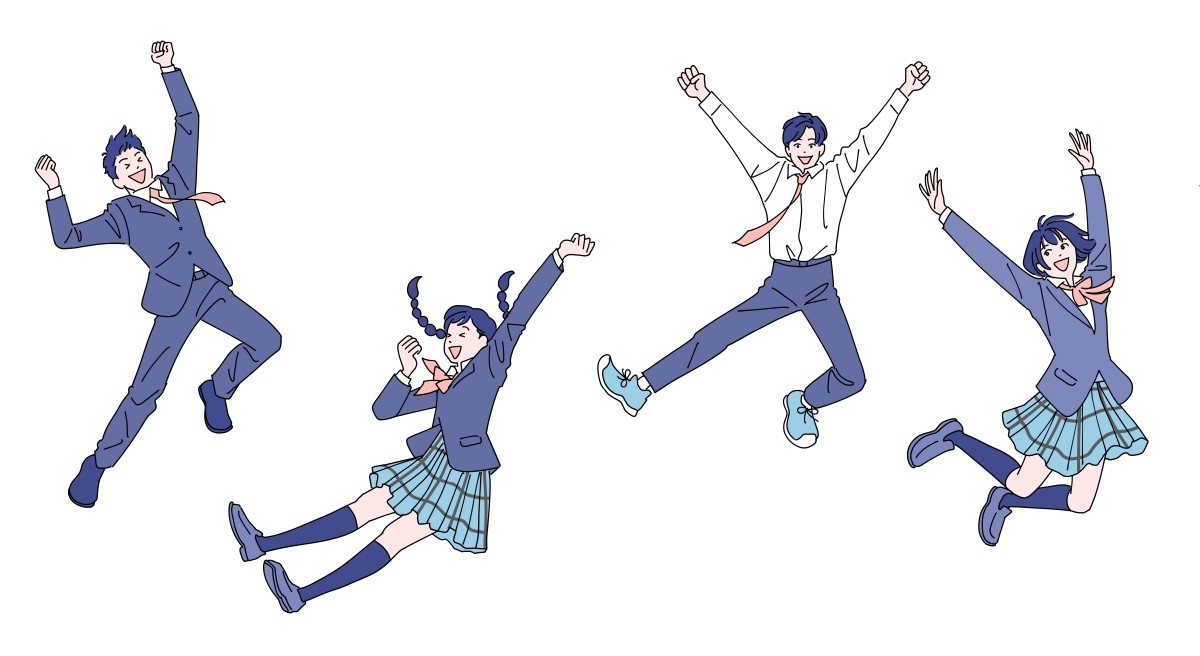
Whether or not a school opens its culture festival to the public depends on each institution. Some high schools allow visitors from outside the school, while others keep the event closed to students and staff only. In contrast, most university festivals are open to the general public.
Even when a festival is public, there may be restrictions—such as entry being limited to invited guests only. Some schools also require all visitors to check in at reception, and there may be dress codes or photography restrictions. Especially when attending junior high or high school festivals, it’s important to confirm in advance whether the event is open to the public, what the check-in process is like, and what rules you’ll need to follow.
Some schools also welcome international exchange students or prospective students from other schools as part of outreach and recruitment efforts.
Culture Festivals in Anime and Drama: A Glimpse into Real Japanese Student Life

Culture festivals are a common setting in Japanese anime and dramas. Popular series like "My Teen Romantic Comedy SNAFU (Yahari Ore no Seishun Love Comedy wa Machigatteiru)," "K-On!," "Hyouka," and "Love Live!" portray students enjoying these events in a way that feels strikingly real. These shows often highlight iconic elements like food stalls, stage performances, and even beauty contests.
While anime may take some creative liberties—such as more relaxed public access rules or overly dramatic plot points—the emotions and social dynamics depicted often reflect real-life student experiences.
Purchase "the My Teen Romantic Comedy SNAFU" manga on Animate Online 👉 Click here
Purchase "the K-On!" manga on Animate Online 👉 Click here
Purchase "the Hyouka" manga on Animate Online 👉 Click here
Purchase "Love Live!" merchandise on Animate Online 👉 Click here
Buy 👉 the comic of "After All My Youth Romantic Comedy Is Wrong" at anime mail order here
Buy 👉 the "K-On!" comic at anime mail orderhere
Buy the "Ice Candy" comic at anime mail orderhere 👉
Buy "Love Live!" related products by 👉 anime mail order here
Culture Festivals: A Snapshot of Japanese Student Life
For students, culture festivals are some of the most memorable events of their school life. Evolving since the postwar period, these festivals have continuously adapted to include new trends and youth culture. If you're curious about Japan’s youth or want to experience their energy firsthand, a culture festival is a perfect place to start.
Bibliography:
- Ministry of Education, Culture, Sports, Science and Technology "Course of Study for Junior High Schools" "Chapter 5 Special Activities"
- Kakuyom "School Education Not Taught in Schools" "6. History of Cultural Festivals (4) Postwar ~ Modern: Toward Student-Centered Cultural Festivals"
- Recruit Co., Ltd. "Study Sapuri Path" "50 selections of cultural festival offerings|The latest in 2025! ,2025/4/14
- Galois Co., Ltd. "Gakusei Sponsorship Media" "List of school festival offerings!
- Hinode Gakuen School Corporation Homepage
- Otsu City, Shiga Prefecture Homepage
- Wakayama City, Wakayama Prefecture Homepage
(All of the above are referenced on June 11, 2025)
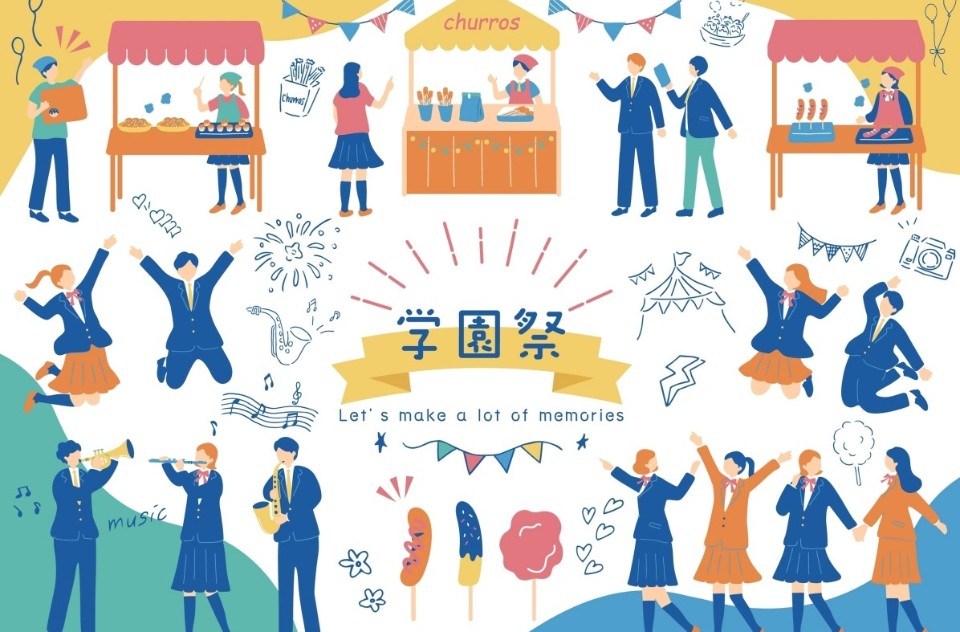
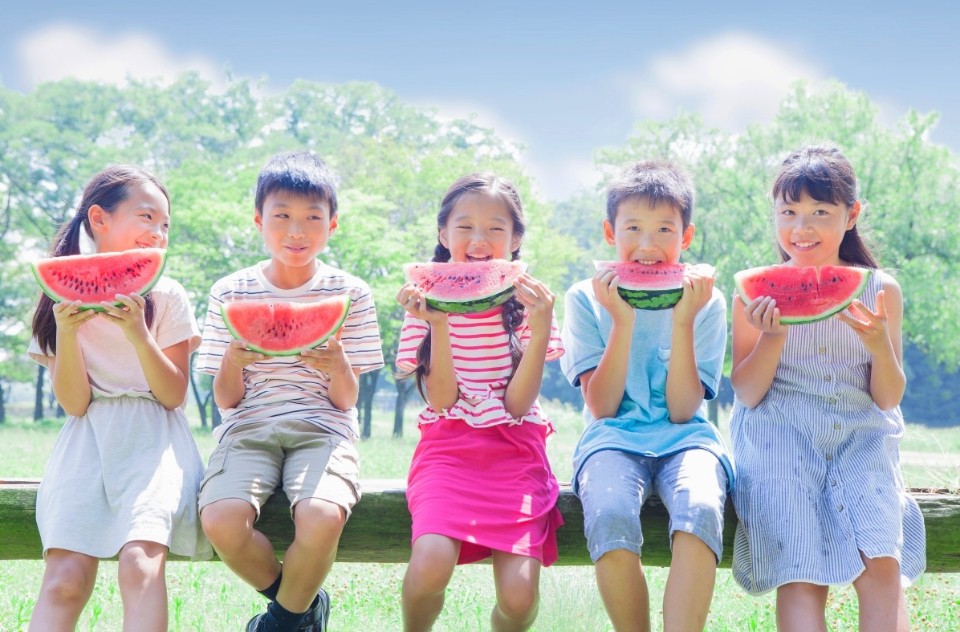
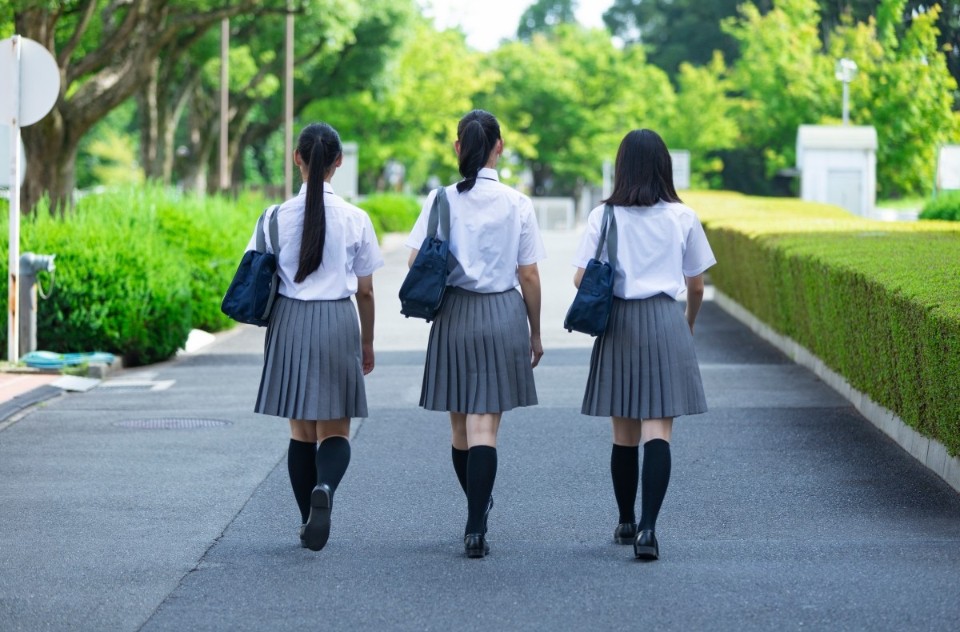
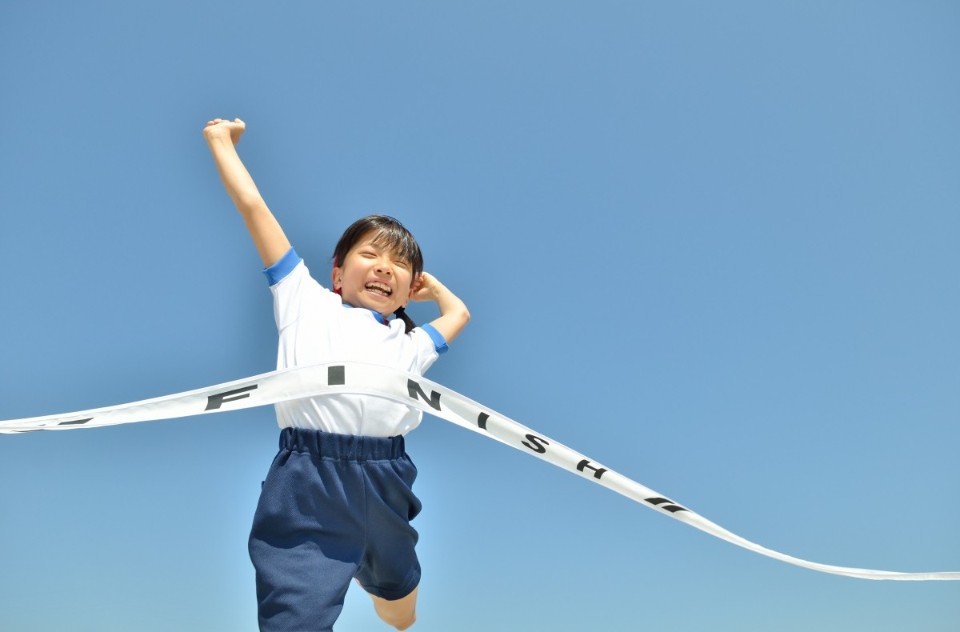
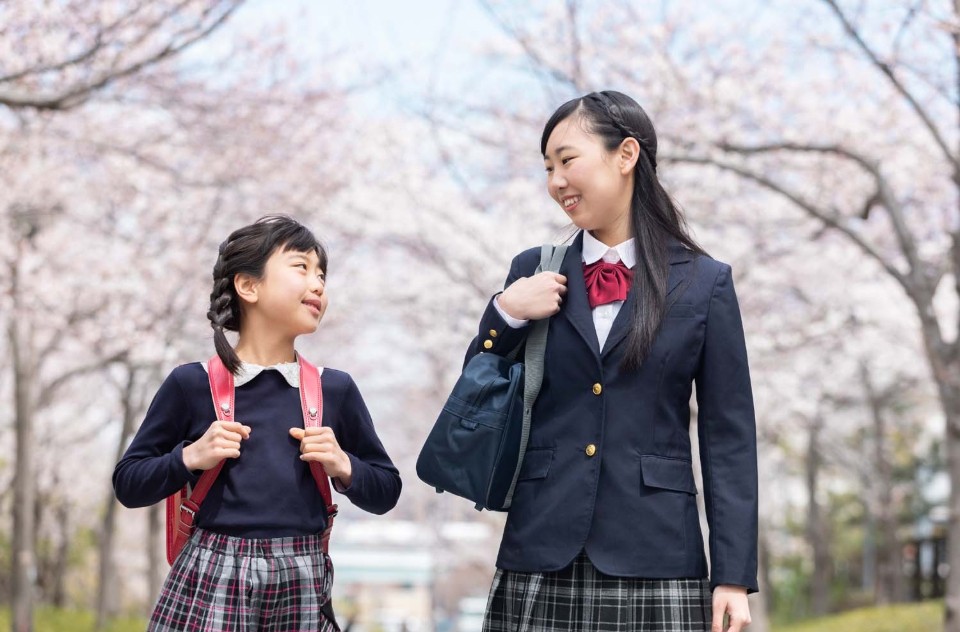
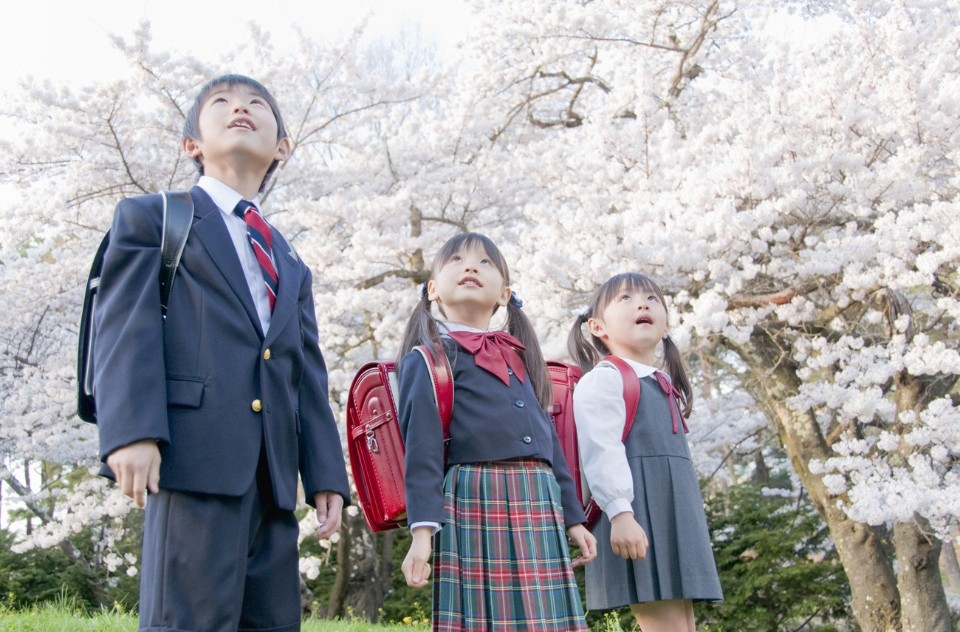
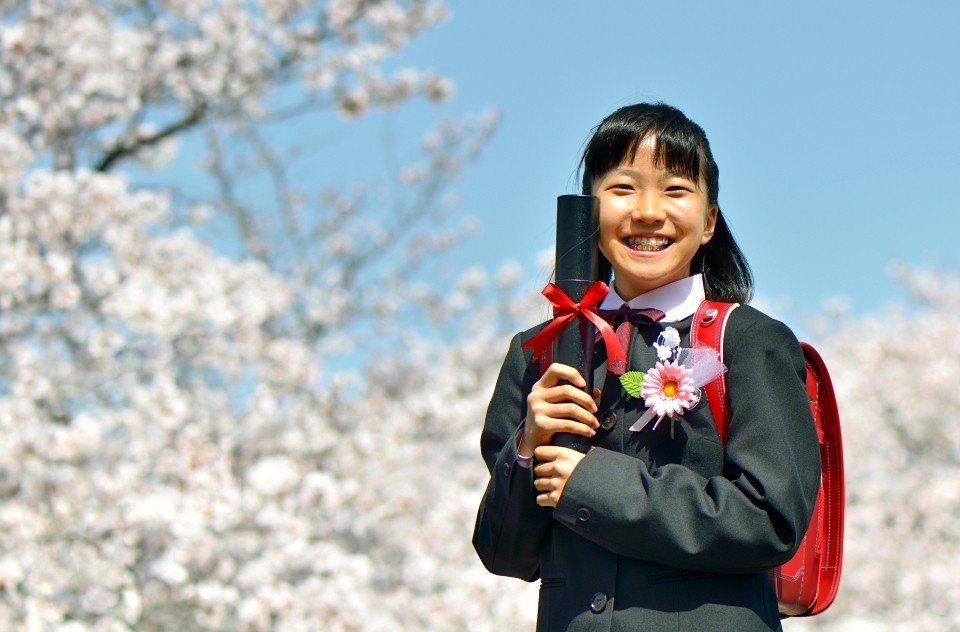
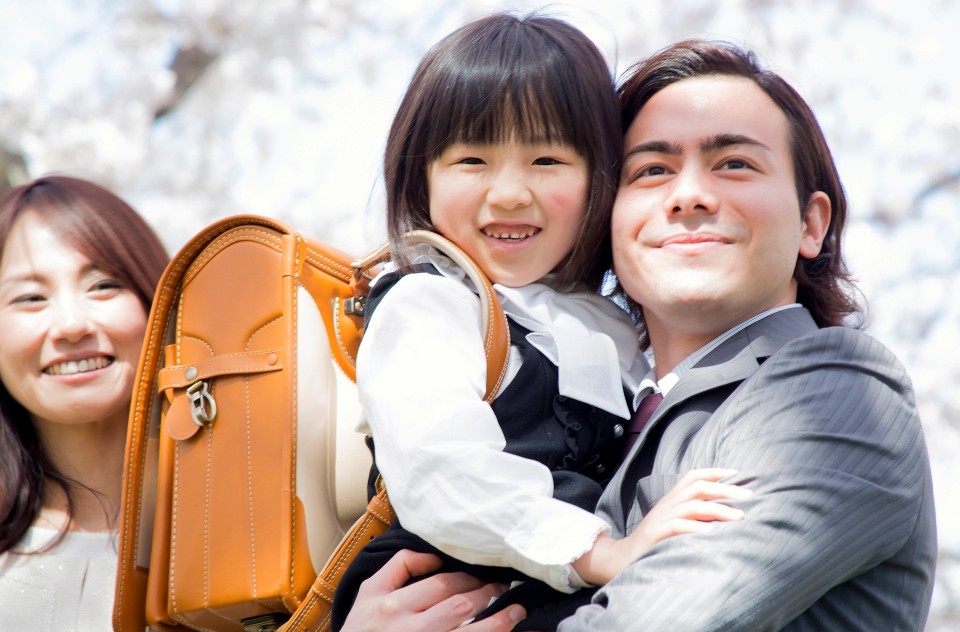
Comments